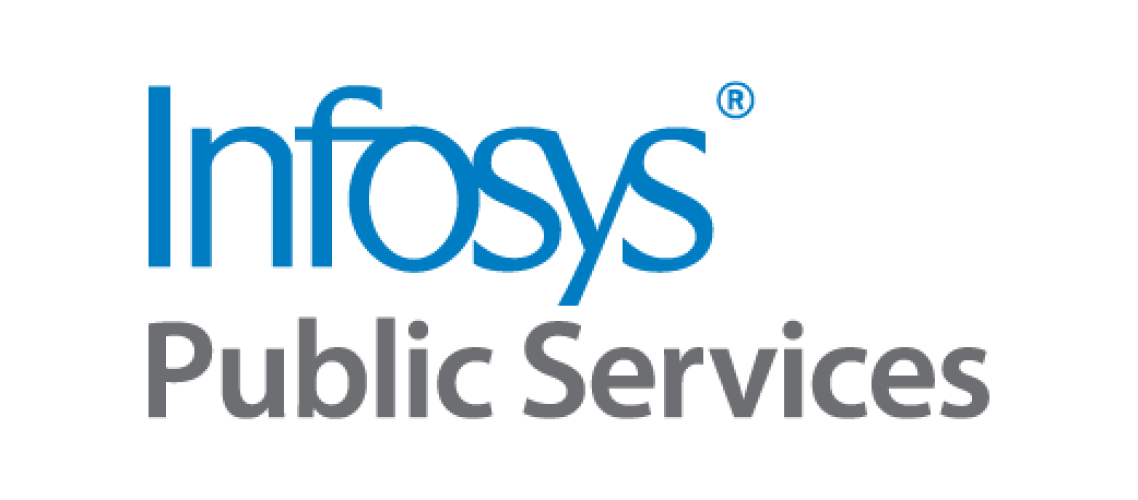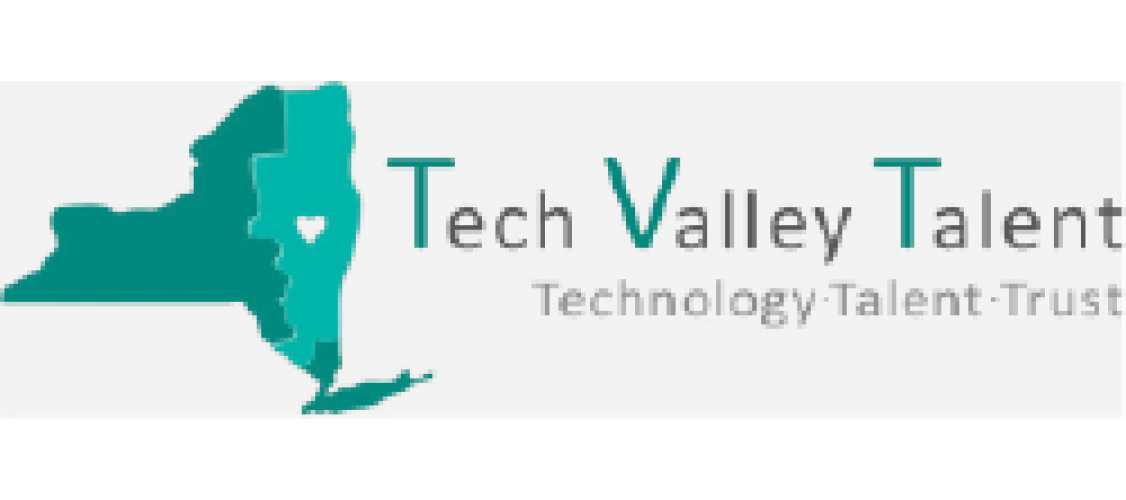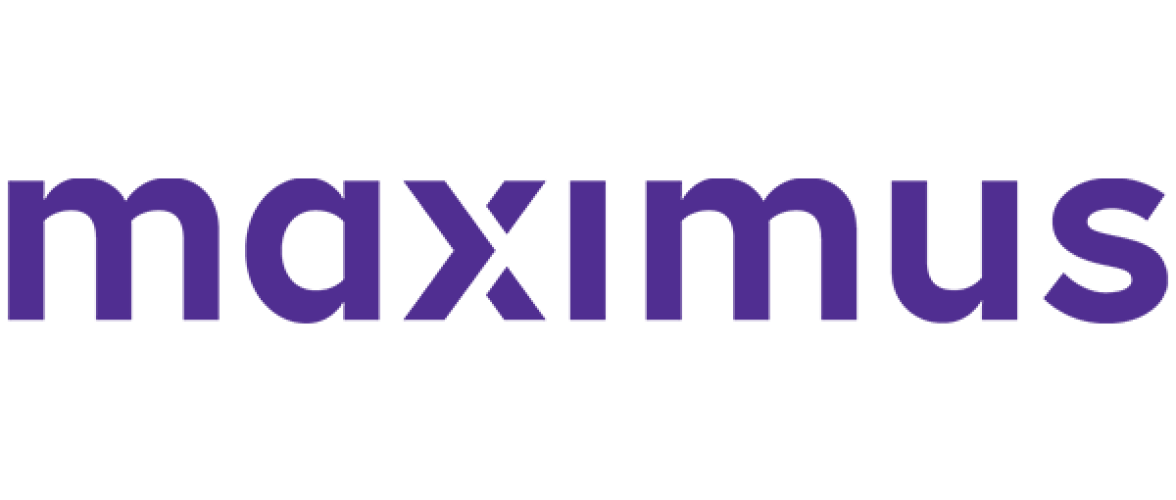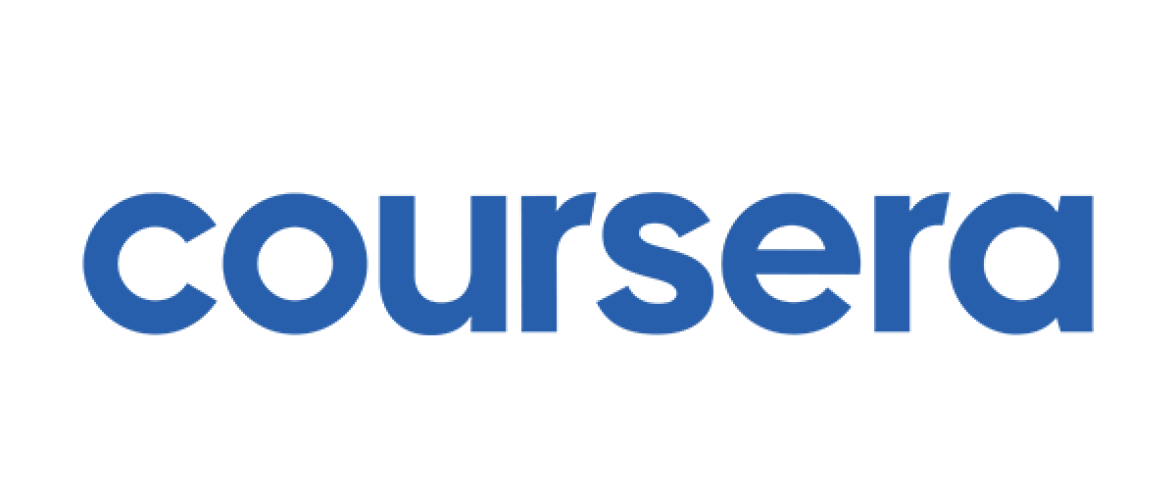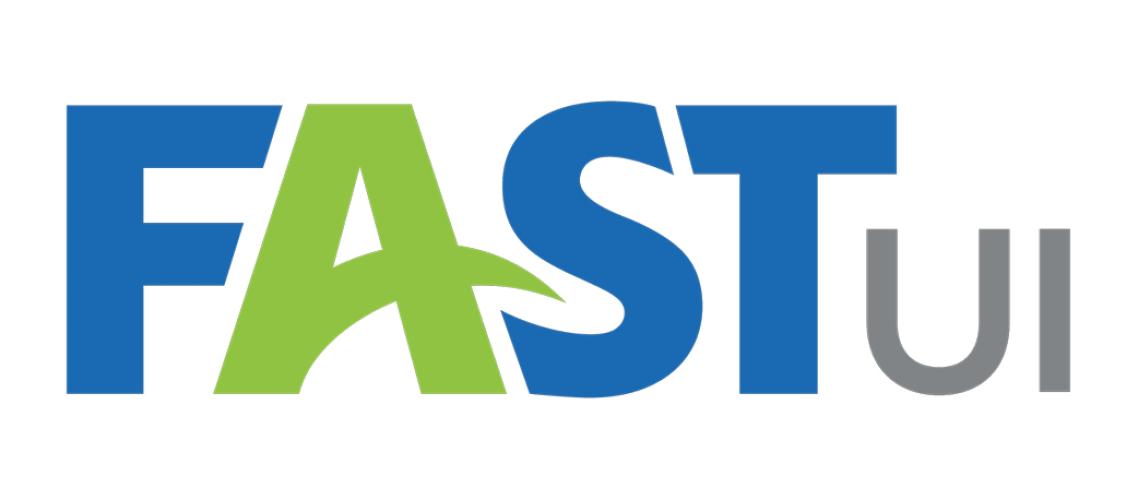Workforce Bulletin - September 12, 2014
In This Issue:
- House to Consider Continuing Resolution Next Week
- WIOA Implementation Update: USDOL Hosts Webinar Series, States Identify Regulatory Concerns, and WIOA Comparison Now Available
- 78th Annual NASWA Conference Preview: Plenary and Workshop Sessions
- Nominees for NASWA Board of Directors' Executive Committee for 2014-2015 Association Year
- USDA Announces $200 Million to Promote Innovation in SNAP Employment and Training Programs
- SIDES Update: Bloomberg White Paper and New SIDES Director
- NASWA RJM Workgroup Holds Second Meeting in Washington, D.C.
- Register Today for NASWA's Equal Opportunity in the Workforce System 2014!
- Federal Reserve Banks of Atlanta and Kansas City and Heldrich Center for Workforce Development to Host Conference on Workforce Development Policy
- NASWA Fall 2014 Legislative Update Now Available
- The American Institute for Full Employment Announce its 2014 Full Employment Award Winner
- Unemployment Insurance Initial Claims and Continued Claims both Increase
- Resources for Veterans to Raise Awareness of Suicide Prevention Month
- Notices, Advisories and Reports
- NASWA Staff Members Begin Graduate School
House to Consider Continuing Resolution Next Week
This week, the House will likely pass a Continuing Resolution (CR) to avoid a government shutdown when the new fiscal year begins on October 1, 2014. The House unveiled a relatively non-controversial CR last Tuesday, without substantive policy riders and with FY 2014 discretionary spending levels at $1.012 trillion. The CR would run through December 11.
House Committee on Appropriations Chairman Harold Rogers(R-KY) said the bill was designed in a manner to, "draw wide support in the House and Senate." However, after President Obama's speech Wednesday, September 8 requesting funding from Congress in the CR to train Syrian rebels and address militants in the region, House leaders postponed consideration of the CR until next week.
The Senate is expected to wait on the House to pass the CR. The earliest the Senate would likely consider the bill would be Thursday, September 18. But, if any Senators place procedural hurdles on the CR, final votes would likely occur the week of September 22.
This process sets the stage for a post-election session of Congress to address government funding once the CR expires in mid-December and a host of other issues.
WIOA Implementation Update: USDOL Hosts Webinar Series, States Identify Regulatory Concerns, and WIOA Comparison Now Available
Since the signing of Workforce Innovation and Opportunity Act (WIOA) (P.L. 113-128) on July 22, the U.S. Department of Labor (USDOL), Employment and Training Administration (ETA) has started its process of soliciting comments and stakeholder input on the new law from states, local areas, and other members of the public workforce system on ways to effectively implement the reforms contained in the new law.
ETA Solicits Comments via Public Workforce System Webinar Series
Over the past three weeks, ETA has hosted, and will conclude next week, a series of webinars with stakeholders on a wide range of issues and programs concerning WIOA implementation. The webinars (listed below) aimed to provide an overview of certain aspects of WIOA and also solicit feedback from attendees on questions, issues, and concerns they may have as ETA begins its WIOA rule-making process. Listed below are links to the recorded WIOA implementation webinars on Workforce3One (login and password required), which also include each session's transcript, chat log, and presentation.
- Thursday, August 21 - Strengthening the One Stop System - Archived Material
- Friday, August 22 - Job-Driven Training for Adults and Dislocated Workers - Archived Material
- Monday, August 25 - Integrated Performance Reporting and the ETPL - Archived Material
- Tuesday, August 26 - Consultation with Consumers, Advocacy Groups, and Direct Service Providers on Services for Individuals with Disabilities - Archived Material
- Thursday, August 28 - The Migrant and Seasonal Farmworker Program - Archived Material
- Tuesday, September 2 - Services to Individuals with Disabilities - Archived Material
- Friday, September 5 - Services to Disconnected Youth – Archived Material
- Monday, September 15 -The Indian and Native American Program – Register Now
NASWA WIA-WIOA Side-by-Side
In addition to soliciting feedback from state workforce agencies on WIOA implementation, NASWA has prepared a side-by-side comparison of the statutory language by each section between WIA and WIOA for interested stakeholders to see the changes and differences between the two laws. NASWA's Workforce Investment Act & Workforce Innovation and Opportunity Act Side-by-Side identifies provisions in WIA that were not included or repealed in WIOA, provisions that were added to WIOA that were not originally in WIA, and areas where there are similarities between provisions in the two laws despite different statutory language.
The document contains Titles I (excluding Job Corps), III, and V covering the WIOA Adult, Dislocated Worker, and Youth programs, the Wagner-Peyser Act Employment Service, and the General Provisions covering administrative requirements within the law. Bookmarks by WIOA section have been enabled for ease of navigation and can be accessed via the bookmark feature in any PDF reader. To access the document, please visit NASWA's WIOA Resource Center under "Current Law" at http://naswa.org/resources/WIA/?action=home&id=2.
While the document is still in draft form, we will be analyzing it further and adding an additional column featuring the differences between WIA and WIOA.
78th Annual NASWA Conference Preview: Plenary and Workshop Sessions
NASWA and the Vermont Department of Labor will welcome state workforce development, unemployment insurance, and other professionals in the public workforce system to the Hilton Burlington in Burlington, Vermont for NASWA's 78th Annual Conference next week September 17-19. This year's conference will feature a wide range of plenary and workshops discussions led by panels of state workforce administrators, U.S. Department of Labor officials and other workforce system experts. The final agenda has been posted to the to the Conference website, detailing all of the sessions discussing some of the most pressing challenges facing the workforce development and unemployment insurance systems. Below are four highlighted plenary and workshop sessions scheduled for the Conference next week.
Plenary Session - Workforce System Challenges
At NASWA's 2013 Annual Conference in Denver, NASWA members along with the National Governors Association's (NGA) National Association of State Workforce Board Chairs and National Association of State Liaisons for Workforce Development Partnerships, engaged in a three day exercise to discuss the current status and future of the workforce system. Several key issues were raised including: continuing efforts to work on challenging system funding and flexibility issues, establishing more effective partnerships with business and service providers, renewing tools that help the system understand the changing nature of labor markets to better align services with workforce needs. Now a year later we have seen improvement in the economy, expiration of the Emergency Unemployment Compensation (EUC) program, and enactment of the Workforce Innovation and Opportunity Act (WIOA).
In this session, a panel of state administrators will discuss the progression of the key issues raised during last year's NASWA Annual Conference in Denver. The critical issues of discussion will include: the continuing efforts to work on challenging system funding and flexibility issues, establishing more effective partnerships with business and service providers, renewing tools that help the system understand the changes. The session will be moderated by Dr. Carl Van Horn of Rutgers University, a workforce expert who has spent his career studying issues and trends in the labor market and workforce system. Additionally state administrators participating in this plenary session include: Celina Bussey (NM), Bruce Madson (OH), Ann Shirra (GA), and Aaron Fichtner (NJ), along with NASWA Senior Policy Advisor Jim Van Erden.
Workshop Session - Implementing the Workforce Innovation and Opportunity Act (WIOA)
On July 22, President Obama signed the Workforce Innovation and Opportunity Act (WIOA) into law following Congressional passage by wide bipartisan majorities. The law supersedes the Workforce Investment Act (WIA) of 1998 and amends the Adult Education and Family Literacy Act, the Wagner-Peyser Act, and the Rehabilitation Act Amendments of 1998. While the new law maintains the basic structure of WIA, there are a number of significant changes affecting the workforce development system.
This session will discuss the challenges and opportunities for state workforce agencies associated with the new law, the proposed regulations due to be published in January 2015, and the implementation date for the major sections of WIOA on July 1, 2015. Workshop panelists include USDOL ETA Deputy Assistant Secretary Gerri Fiala, along with state administrators, Mark Henry -- MS (NASWA President); Ellen Golombek -- CO (President-Elect), Larry Temple -- TX (Past President), Jim Apperson (AZ), and Brandy Burnham (PA). In addition, John Colbert of Capital Hill Partners will provide an overview of WIOA and moderate the session.
Workshop Session - Unemployment Insurance IT Modernization
Unemployment insurance IT modernization projects are a daunting and vast undertaking for any workforce agency. Generally, these projects experience significant challenges, whether "going it alone" or partnering with other states in a consortium-based model. How do states develop cost-effective and flexible systems to meet its needs, and at the same time, incorporate new technologies, such as cloud computing? With these challenges, there are opportunities, risks and solutions.
The focus on this workshop will be to provide insight on current single-state and consortia efforts. The panelists will promote and share successful practices used and lessons learned, during the planning, scoping and implementation of these modernization efforts. NASWA President-Elect Ellen Golombek (CO) will moderate this Workshop, with the panel including USDOL ETA Office of Unemployment Insurance (OUI) Administrator Gay Gilbert, Celina Bussey (NM), and NASWA/ITSC Technical Director Lou Ansaldi.
Plenary Session - Workforce Information Technology: Problems and Prospects
This interactive panel discussion will challenge leaders from member states to explore the opportunities for information technology innovation to improve outcomes and efficiency in state-level workforce system operations. Key areas of focus will include the use of improved technology to foster integrated case management, the potential for using commercial off the shelf solutions versus building proprietary IT platforms and whether state-level consortia are the best ways to help states move forward with IT requirements while managing tight budgets.
The session also will explore the special challenges of managing IT needs when an agency does not control its own IT department and the potential for "cloud-based" technologies to help lower over-all costs. Finally, states are now looking at the potential power of using predictive analytics to drive service delivery innovation and efficiency. Is this the next generation "real-time triage" and, if so, how can states begin to explore its potential? States attending are encouraged to bring their challenges and ideas to this moderated panel discussion. Maher and Maher President and CEO Rick Maher will moderate this plenary session, which will include state administrators Beth Brinly (KY), Lisa Marsh (WA), and Aaron Fichtner (NJ), and Gay Gilbert from USDOL as panelists.
For more information about the Conference, please visit the Conference website at http://www.naswa.org/meetings/vermont/.
Nominees for NASWA Board of Directors' Executive Committee for 2014-2015 Association Year
Next week, elections for the Board of Directors' Executive Committee will take place at NASWA' s 78th Annual Conference in Burlington, Vermont. For the 2014-2015 NASWA Association Year, there are three open positions for the Board of Directors' Executive Committee: President-Elect, Treasurer, and Secretary.
Currently, three state workforce administrators have announced their candidacies:
- Curt Eysink, Executive Director of the Louisiana Workforce Commission, for NASWA President-Elect. To view Curt Eysink's letter to all Administrators announcing his candidacy, please click here.
- Renee Olson, Division Administrator of the Nevada Department of Employment, for Treasurer of the NASWA Board of Directors. To view Renee Olson's letter to all Administrators announcing her candidacy, please click here.
- Joan Evans, Director of the Wyoming Department of Workforce Services, for Secretary of the NASWA Board of Directors. To view Joan Evans' letter to all Administrators announcing her candidacy, please click here.
USDA Announces $200 Million to Promote Innovation in SNAP Employment and Training Programs
On August 25, the U.S. Department of Agriculture (USDA) announced up to $200 million in competitive grants for state Supplemental Nutrition Assistance Program (SNAP) agencies to design and conduct employment and training (E&T) pilot projects to help SNAP participants find jobs and increase their earnings. A portion of these funds will be used to fund an independent evaluation of the E&T pilots.
Authorized by the 2014 Farm Bill, the grants will fund up to 10 pilot projects to test a variety of methods designed to enhance employability, increase the earnings of SNAP work registrants, and help people transition from the program. USDA intends to test a wide array of approaches, including those focused on education and training, rehabilitative services for individuals with barriers to employment, rapid attachment to work, and other strategies. USDA is particularly interested in pilots that target hard-to-serve populations, and test job-driven training strategies that include work-based learning or career pathway approaches or utilize strong public-private partnerships.
USDA is looking for states to submit proposals that target populations indicated by the Farm Bill, including individuals with low skills, able-bodied adults without dependents, and recipients who are working in very low-wage or part-time jobs. The grants will be distributed across a range of geographic areas, including rural and urban parts of the country. The rigorous, independent evaluation of these projects will help USDA to identify approaches most effective for the diverse populations served by SNAP E&T programs.
Grant applications are due November 24. All 53 state agencies currently administering SNAP are eligible to apply (including all 50 states, the District of Columbia, Guam and the Virgin Islands). Awards will be announced in February 2015. The Request for Applications is available on www.grants.gov and on the FNS website. The grants will fund a performance period of three years and USDA expects projects to be operational by Oct. 1, 2015. Proposals to evaluate the impact of the pilots are due Oct. 1, 2014.
SIDES Update: Bloomberg White Paper and New SIDES Director
After listening to an update on the State Information Data Exchange System (SIDES) at this year's UWC conference, Bloomberg BNA (Bureau of National Affairs) Editor/Reporter, Howard Perlman, wrote and published a white paper on SIDES. The paper provides an in depth view of SIDES, and highlights employer/TPAs review on SIDES.
The paper covers the following topics:
- What is SIDES;
- Why is SIDES important to Employers/TPAs;
- The advantages of SIDES to employers/TPAs;
- How employers/TPAs can implement SIDES;
- Who is using SIDES;
- Descriptions of the four SIDES exchange formats in production and two future exchange formats.
Throughout the paper, SIDES is discussed as a program to reduce overpayments. The paper is an excellent marketing piece on SIDES as is available on the Bloomberg website. This is a copyrighted paper and posted with permission from Bloomberg BNA until October 20, 2014. Click here to download the entire White Paper.
New SIDES Director Named
This month, Jerry Pectol was tapped to be the new SIDES Director. Jerry joined the SIDES team in July 2011 and was most recently the SIDES Operations Manager working directly with the states and employers/TPAs in SIDES implementation. Jerry brings a wealth of unemployment insurance (UI) expertise that began as a temporary employee in the Bartlesville Local Office at the Oklahoma Employment Security Commission in 1986. During his 25-year career with OESC, he worked as a Claims Manager, Office Manager, Area Manager, Call Center Chief, and from 2004 until his retirement from state service in 2011, was the Director of Unemployment Insurance for the State of Oklahoma. During that time, he managed many successful UI technology projects including a new Call Center system in 2004. Jerry also served as Chairperson on NASWA’s UI IB Subcommittee for three years.
NASWA RJM Workgroup Holds Second Meeting in Washington, D.C.
On September 1-2, members from NASWA's Administration & Finance (A&F) and Unemployment Insurance (UI) Committees joint Resource Justification Model (RJM) Workgroup met with staff from the USDOL's Office of Unemployment Insurance (OUI). This meeting was a follow up to a similar meeting held at NASWA in March as part of the Workgroup's ongoing review of the current RJM process to make recommendations for possible improvements. The Workgroup has been making regular reports on its progress and seeking additional input from both the A&F and UI Committees.
The RJM is a data collection system that collects UI administrative expenditures from states for the most recently completed fiscal year. The information collected through the RJM is not used in the annual appropriations process; rather it is used to distribute state UI administrative funding after the funds have been appropriated by Congress.
During the meeting, USDOL OUI staff updated state members of the Workgroup on its plans to streamline and simplify the RJM data collection process, reducing the reporting burden for states, which was one of the major issues the Workgroup identified in its March meeting. The Workgroup also reviewed the initial results from a NASWA RJM information technology (IT) survey that was conducted in July and August. Thirty-nine members responded to the survey, providing valuable information on how states fund their IT development and operations. In addition to simplifying and streamlining the reporting process, state members of the Workgroup and USDOL OUI staff agreed to pursue changes to the RJM in order to more accurately capture the growing role and costs of IT in UI business processes.
States on the joint Workgroup include: Arkansas, Connecticut, Idaho, Indiana, Iowa, Louisiana, Maine, Mississippi, Nebraska, Nevada, North Carolina, and Texas. The efforts of the Workgroup will be on-going throughout the remainder of the year and into 2015 as NASWA continues to engage USDOL on the concerns of the Model.
Register Today for NASWA's Equal Opportunity in the Workforce System 2014!
NASWA's Equal Opportunity Committee will be hosting Equal Opportunity in the Workforce System 2014 on October 29-31 in Washington, DC. This two-and-a-half-day event will provide state and local workforce agency staff useful training workshops to help meet their equal opportunity responsibilities. General registration is $200 for NASWA members and other non-vendors.
The entire event will be held at The Liaison hotel on Capitol Hill in Washington, DC. Hotel reservations can be made online or via telephone by calling (866) 233-4642. A block of rooms has been secured at The Liaison at the government per diem rate of $219 per night. The reservation rate code or group ID code is NAOSTW. You must make your reservations by Friday, September 26, to be assured of the group rate and conference accommodations.
For additional information on the Conference Agenda and to register today, please visit the NASWA Equal Opportunity in the Workforce System 2014 website at http://www.naswa.org/meetings/eo2014.
Federal Reserve Banks of Atlanta and Kansas City and Heldrich Center for Workforce Development to Host Conference on Workforce Development Policy
Interested in the labor market and U.S. workforce development policy? Register for the Transforming U.S. Workforce Development Polices for the 21st Century conference on October 15–17. The Atlanta and Kansas City Feds and the John J. Heldrich Center for Workforce Development at Rutgers University are conference cosponsors. The event takes place in downtown New Brunswick, New Jersey, which is easily accessible by public transportation.
At the conference, national experts will share their perspectives on transformative education and workforce development strategies and policies. Highlights include:
- Former Tennessee governor Phil Bredesen and former Georgia governor Sonny Perdue are known as innovators in workforce development for their states. Hear them discuss ideas about what additional efforts can be done to improve workforce programs.
- Executives from Comcast, Manpower Group, Corporation for a Skilled Workforce, and National Association of State Workforce Agencies will discuss why there is a mismatch between today's economy and labor market. Speakers will examine best practices and ways to realign policies.
- Political and cultural commentators from Business Roundtable, Demos, and the Freelancers Union will share their thoughts on key issues, challenges, and opportunities facing workers and the U.S. education and training system.
- Atlanta Fed President Dennis Lockhart and Kansas City Fed President Esther George will speak on the current state of the workforce system.
For more information about the Conference, visit http://www.frbatlanta.org/news/conferences/2014workforce.cfm.
NASWA Fall 2014 Legislative Update Now Available
NASWA ‘s Legislative Update serves as an informational guide on the status and impact of federal legislative and executive branch actions and their effect on the workforce system. NASWA’s Legislative Update contains issue specific briefs on a wide range of workforce system issues, such as appropriations for the workforce system, recent reauthorization of the Workforce Investment Act and reforms to the UI system.
Updated on a quarterly basis, NASWA’s Legislative Update is essential for state workforce agency administrators and agency staff to understand how actions at the federal level will impact the services provided by state workforce agencies. NASWA’s quarterly Legislative Update is available on our website at http://naswa.org/GovRelations/index.cfm?action=leg_update.
The American Institute for Full Employment Announce its 2014 Full Employment Award Winner
The American Institute for Full Employment announced the Nevada Department of Employment, Training and Rehabilitation as its 2014 Full Employment Award winner. Each year, the American Institute for Full Employment (AIFE) gives its Full Employment Award to a state that demonstrates exceptional commitment and innovation in helping unemployment insurance claimants return to work and avoid long-term unemployment. This year, the Nevada Department of Employment, Training and Rehabilitation stood out among the states with their initiative to more effectively integrate their reemployment services that are highly replicable.
AIFE President, John Courtney said: “Our nation has had record numbers of long-term unemployed. One root cause of this, that we can address, is how well we prepare job seekers to effectively navigate the job market. Studies show that job seekers who are likely long-term unemployed rate their job search readiness at a D+ average. Nevada is addressing that root cause by engaging unemployment claimants in meaningful job search assistance that not only helps those job seekers obtain jobs more quickly and avoid long-term unemployment, but that also saves four times as much money than it costs.”
To learn more about the program operating in Nevada, visit www.fullemployment.org.
Unemployment Insurance Initial Claims and Continued Claims both Increase
The U.S. Department of Labor reported for the week ending September 6 seasonally adjusted unemployment insurance initial claims increased from the previous week's revised figure.
Seasonally adjusted initial claims increased by 11,000 to 315,000 from last week's revised figure of 304,000. The 4-week moving average was 304,000, an increase of 750 from the previous week's revised average of 303,250. The unadjusted initial claims level totaled 234,403, down 15,377 from the previous week, and up 4,755 from the level of 229,648 for a comparable week in 2013.
UI continued claims, seasonally adjusted, for the week ending August 30 were 2,487,000 up 9,000 from the previous week's revised figure. The 4-week moving average decreased 15,500 to 2,489,750 from the prior week's revised figure of 2,514,250.
The total number of individuals claiming benefits in all programs for the week ending August 23 was 2,374,314, a decrease of 81,090 from the prior week. Regular state continued claims decreased by 82,951, and EB decreased by 5. During the week of August 23, continued claims for ex-federal employees stood at 15,250 up 849 from the prior week, and for newly discharged veterans, 24,440 down 144 from the prior week.
Both initial claims and continued claims continue to exhibit a downward trend as shown in the graph above. The high degree of seasonality is also shown in both series.
Resources for Veterans to Raise Awareness of Suicide Prevention Month
Every year, organizations across the country recognize September as Suicide Prevention Month. This year, the Veterans Crisis Line is asking you to think about the power of one and consider the many ways a single act can give Veterans access to confidential support and resources.
For Veterans going through a difficult time and their loved ones who are concerned about them, a single call, chat, or text can be a critical first step. One conversation with a Veteran about how he or she is doing can open the door to services and support.
Everyone can be the person who makes a difference in a Veteran’s life, and connecting with support doesn’t have to be hard. The Veterans Crisis Line can help.
Free, Confidential Resources
The Veterans Crisis Line is a free, confidential resource that Veterans and their families and friends can access any day, anytime. Trained professionals — some of them Veterans themselves — are ready to listen, 24 hours a day, 7 days a week, 365 days a year. Since launching in 2007, the Veterans Crisis Line has answered more than 1.25 million calls and made more than 39,000 lifesaving rescues. The U.S. Department of Veterans Affairs (VA) counts on grass-roots networks and community organizations to spread the word that support is just a call, click, or text away — because one small act can make the difference.
Identifying Signs of Crisis
VA urges groups and individuals nationwide to stay alert for signs of suicide risk. The first step in preventing suicide is understanding the warning signs; people may show signs of risk before considering harming themselves. Warning signs include:
- Hopelessness, feeling like there’s no way out
- Anxiety, agitation, sleeplessness, or mood swings
- Feeling like there’s no reason to live
- Rage or anger
- Engaging in risky activities without thinking
- Increasing alcohol or drug abuse
- Withdrawing from family and friends
The presence of the following signs requires immediate attention:
- Thinking about hurting or killing yourself
- Looking for ways to kill yourself
- Talking about death, dying or suicide
- Self-destructive behavior such as drug abuse, etc.
If you notice these warning signs, tell a Veteran about the Veterans Crisis Line, or make the call yourself. Call 1-800-273-8255 and Press 1, chat online at VeteransCrisisLine.net/Chat, or text to 838255 for free, confidential support, 24 hours a day, 7 days a week, 365 days a year.
Spread the Word
This Suicide Prevention Month, show how the power of one single act can save a life. Visit VeteransCrisisLine.net/ThePowerof1 to download free Suicide Prevention Month materials, including flyers to print and distribute digital ads to display on your website, and content to post on social networks or publish in newsletters. Learn how you and your community can work together to prevent suicide. No one can do everything, but everyone can do something. We are all part of the solution, and it starts with one small act. Visit VeteransCrisisLine.net to learn more.
Notices, Advisories and Reports
USDOL Directives & Releases
September 12, 2014: ETA issued Unemployment Insurance Program Letter No. 22-14 notifying state workforce agencies of the conditions under which EUC administrative funds may be used to pay UI benefits to staff separated as a result of the EUC program expiring January 1.
September 12, 2014: USDOL released a notice in the Federal Register inviting interested parties to submit nominations for individuals to serve on the Advisory Committee on Increasing Competitive Integrated Employment for Individuals with Disabilities.
September 10, 2014: ETA issued Training and Employment Guidance Letter No. 06-14 reminding the workforce investment system of data validation and performance reporting requirements and establishing associated timelines for submitting reports for the following programs/activities:
- Quarterly participant records, annual reports, and data validation results for the Workforce Investment Act (WIA) title IB programs and National Emergency Grants (NEGs);
- Quarterly participant records and data validation results for the Wagner-Peyser Act Employment Service;
- Quarterly reports for activities authorized under 38 U.S.C. 4103A and 4104 (Disabled Veterans' Outreach Program (DVOP) and Local Veterans' Employment Representatives (LVER));
- Quarterly reports, participant records, and data validation results for the Trade Adjustment Assistance (TAA) program;
- Individual participant records for the National Farmworker Jobs Program (NFJP); and
- Individual participant records for the Division of Indian and Native American Program (DINAP).
September 10, 2014: USDOL released a notice in the Federal Register soliciting comments concerning the collection of data about the Planning Guidance and Instructions for Submission of the Strategic State Plan for title I of the Workforce Investment Act of 1998 (WIA) and the Wagner-Peyser Act in order to prevent PRA approval from lapsing.
September 2, 2014: ETA released Training and Employment Notice No. 08-14 advising state workforce agencies of the Employment and Training Administration's (ETA) efforts to: 1) reengineer UI benefits program accountability processes in response to the UI system's needs within the context of available capacity and resources and 2) to advise states of ETA's intent to engage states to gain their input in the reengineering process.
August 29, 2014: ETA released Training and Employment Notice No. 07-14 announcing and soliciting nominations for the Federal-State Unemployment Compensation (UC) Legislative Seminar.
August 22, 2014: ETA issued Training and Employment Guidance Letter No. 05-14 providing guidance for the use of WIA Youth-funded activities in PY 2014.
August 18, 2014: USDOL released a notice in the Federal Register submitting the Employment and Training Administration (ETA) sponsored information collection request (ICR) titled, “Reemployment of Unemployment Insurance Benefit Recipients,” to the Office of Management and Budget (OMB) for review and approval for continued use, without change, in accordance with the Paperwork Reduction Act of 1995 (PRA), 44 U.S.C. 3501 et seq.
August 18, 2014: ETA released Training and Employment Guidance Letter No. 04-14 formalizing Trade Adjustment Assistance Data Integrity as a required component of quarterly reporting submitted by State Workforce Agencies or agencies designated by Governors as "Cooperating State Agencies" (CSAs or "states") and establishing procedures for corrective action by the Department of Labor (Department) in the event of non-compliance.
August 5, 2014: ETA issued Unemployment Insurance Program Letter No. 21-14 initiating the State Quality Service Plan (SQSP) process, provide supplemental instructions, and defining additional requirements for the FY 2015 SQSP.
Other Reports and Advisories
September 9, 2014: The Bureau of Labor Statistics (BLS) released its monthly Job Openings and Labor Turnover Summary (JOLTS) for the month of July. According to the BLS report, there were 4.7 million job openings at the end of July. In July, the hires rate was unchanged from June holding at 3.5 percent, and the separations were little changed holding at 3.3 percent in July.
September 8, 2014: The Congressional Budget Office (CBO) issued its Monthly Budget Review for August 2014 reporting the federal government ran a budget deficit of $589 billion for the first eleven months of FY 2014, $166 billion less than the shortfall recorded during the same period last year. Through the end of August, revenues were about 8 percent higher and outlays were about 1 percent higher than they were at the same point last year. Unemployment insurance outlays were estimated at $44 billion for the first eleven months of FY 2014, down $23 billion from the FY 2013 level of $67 billion, a 34 percent decrease.
August 19, 2014: CRS Report - Unemployment Insurance: Consequences of Changes in State Unemployment Compensation Laws - The Congressional Research Service (CRS) issued a report analyzes recent changes to state Unemployment Compensation (UC) programs. Two categories of UC state law issues are considered: (1) changes in the duration of state UC unemployment benefits, and (2) changes in the UC weekly benefit amount.
August 14, 2014: CRS Report - Unemployment Insurance: Programs and Benefits - The Congressional Research Service (CRS) issued a report describing several types of benefits that may be available to unemployed workers to provide them with income support during a spell of unemployment.
August 11, 2014: CRS Report - Emergency Unemployment Compensation (EUC): Status of Benefits Prior to Expiration - The Congressional Research Service (CRS) issued a report summarizing the structure of EUC benefits available prior to program expiration at the end of calendar year 2013. It also provides the legislative history of the EUC program.
August 8, 2014: CRS Report - Compensated Work Sharing Arrangements (Short-Time Compensation) as an Alternative to Layoffs - The Congressional Research Service (CRS) issued a report describing the Short-time compensation program.
August 5, 2014: CRS Report - Temporary Assistance for Needy Families (TANF): Size and Characteristics of the Cash Assistance Caseload - The Congressional Research Service (CRS) issued a report examining the characteristics of the Temporary Assistance for Needy Families (TANF) cash assistance caseload in FY2011, and comparing it with selected post-welfare reform years (FY2001 and FY2006) and pre-welfare reform years (FY1988 and FY1994).
August 4, 2014: CRS Report - Trade Adjustment Assistance for Firms: Economic, Program, and Policy Issues - The Congressional Research Service (CRS) issued a report discussing the Trade Adjustment Assistance for Firms (TAAF) program and policy issues, as well as legislation to reauthorize the TAAF program. The report provides technical assistance to help trade-impacted firms make strategic adjustments to improve their global competitiveness.
NASWA Staff Members Begin Graduate School
NASWA is proud to announce two of its own staff members have begun graduate studies starting this Fall at two universities in the Washington, D.C. Area. National Labor Exchange Operations Manager Charlie Terrell will be attending George Washington University's Graduate School of Political Management working towards a Master of Science in Legislative Affairs. NASWA Project Specialist Tim Griffith will be attending Johns Hopkins University's Krieger School of Arts and Sciences Advanced Academic Programs pursuing a Master of Science in Applied Economics. Both Tim and Charlie will be taking night classes, while continuing to work full-time for NASWA.
Articles were contributed by Tim Griffith, Hillary Hewko, Jim Van Erden, Charlie Terrell, and Marc Katz.















